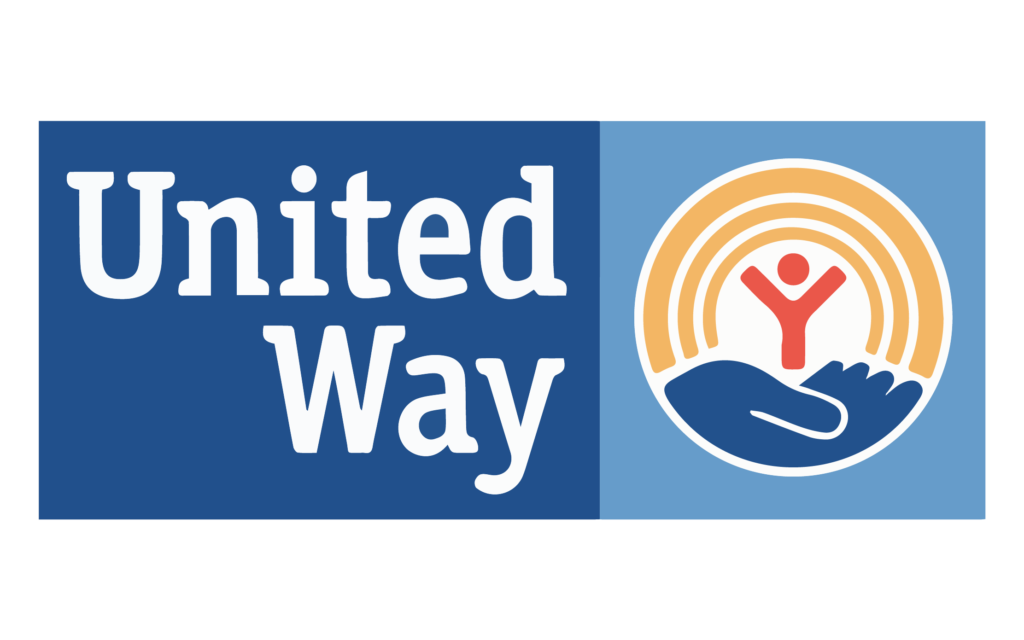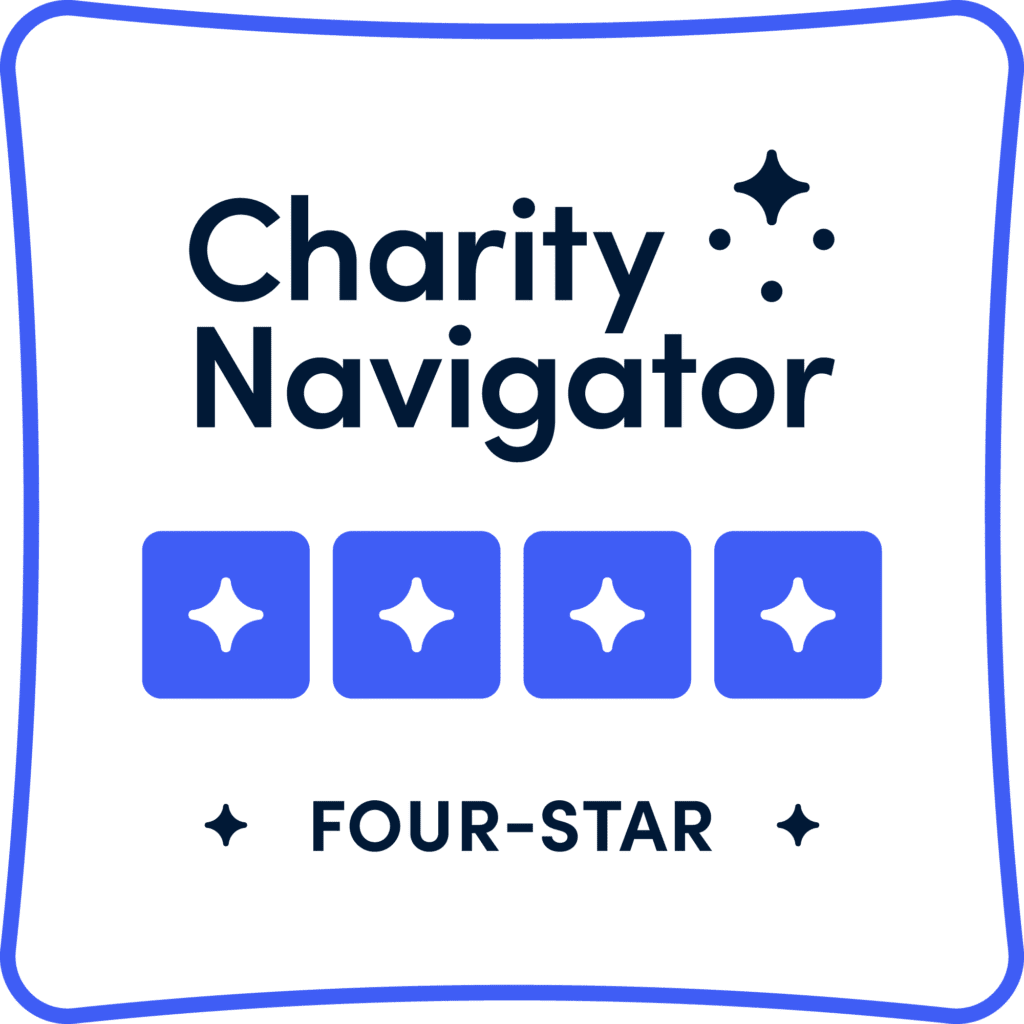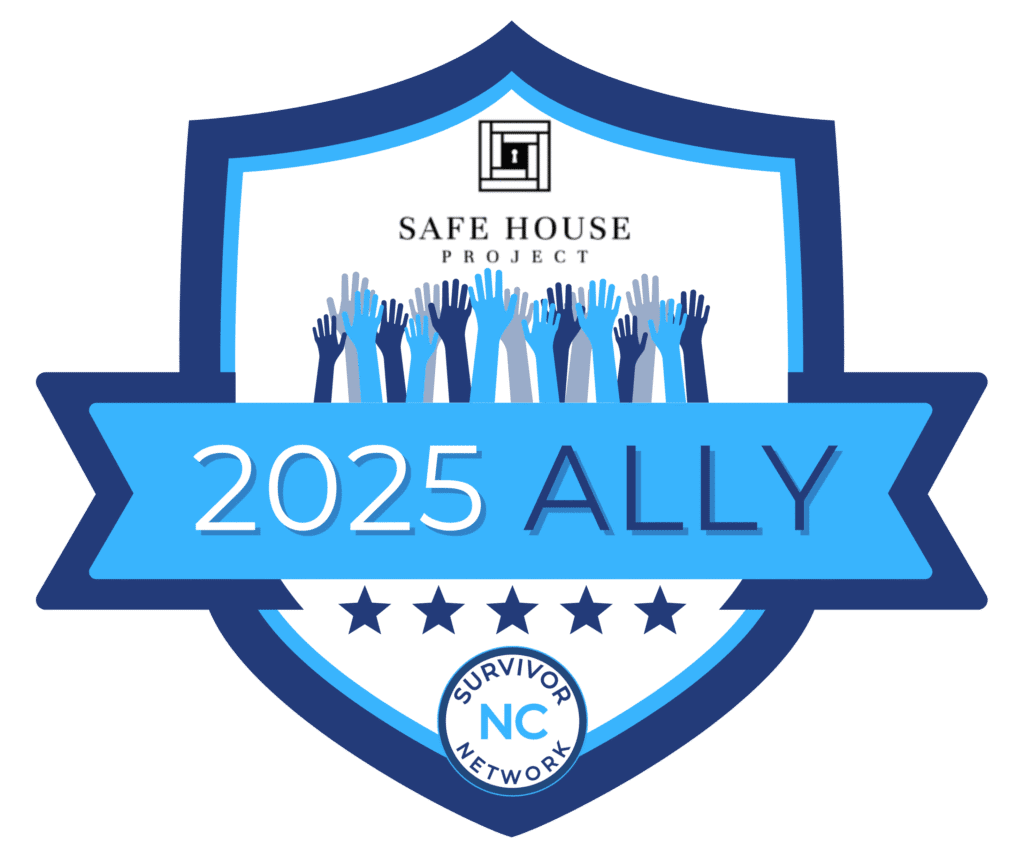Over 25 million people are trafficked around the world every year. This number includes sex trafficking and forced labor, and affects people of all ages, races, and socioeconomic classes. As this crime is so widespread, the United Nations designated July 30th as World Anti-Human Trafficking Day to raise global awareness and create a platform for change on this issue. This date has become an opportunity to raise awareness and empower survivors in schools, communities, government buildings, and online platforms alike.
What is World Anti-Human Trafficking Day About?
Human trafficking is any crime involving the exploitation of a person for labor, services, or commercial sex. This is a severe human rights issue across all countries, cultures, and circumstances, and has become increasingly prevalent across the world. Human trafficking is also severely under-reported, and likely affects far more people than we know of. Fewer than 1% of all trafficking victims in the United States are identified every year, and even fewer will receive the help and support they need to find freedom.
Human trafficking, by nature, is a secretive crime, perpetuated by a culture of shame, silence, and misinformation. When the general public does not understand what trafficking is and what it looks like in their own community, traffickers are allowed to act with few consequences, and survivors feel unsafe or unable to speak up about their experiences. Cycles of abuse or exploitation, even between generations, perpetuate these systems. In addition, the national lack of trauma-informed and survivor-centered services frequently leaves survivors without the ability to access the level of care they need to find and protect their freedom.
However, effectively combating human trafficking is possible through strategic collective action to change the systems that protect cycles of exploitation. Survivors must have access to a comprehensive continuum of services designed to support their healing journeys and empower them to lead the anti-trafficking field, and legislative frameworks must be implemented to deconstruct the systems that fail to hold traffickers and buyers accountable. By gathering together as a global community, we can push for change, dignity, and freedom for all people.
History and Objectives
World Anti-Human Trafficking Day was established in 2013 by the United Nations General Assembly and was first observed in 2014. Its mission is to end trafficking of all people worldwide through a comprehensive approach. Public awareness, supporting new legislation, helping survivors exit trafficking situations, and empowering them are all part of this mission, but it also aids other organizations in their anti-trafficking efforts. Each year, the UN addresses a different aspect of trafficking to help guide advocacy toward impactful, collective action. The 2025 topic focuses on organized crime and the systematic exploitation of people.
Scope & Impact of Trafficking Today
Trafficking happens everywhere, from remote towns to the world’s largest cities. Hundreds of thousands of people are trafficked in the United States alone, and contrary to popular belief, the stereotype of foreign women transported and trafficked for sex does not reflect the full reality. In 2022, 40% of all U.S. human trafficking victims were male, and 94% were U.S. citizens. Trafficking is not an external problem; it is happening in our schools, homes, faith communities, workplaces, and neighborhoods.
The United States also ranks in the top three countries for the prevalence of human trafficking, 70% of which involves commercial sexual exploitation. More than 80% of people trafficked for sex in the U.S. are female, but people of all genders are targeted, and men and boys are being identified at increasing rates in recent years. Individuals who face social and systemic discrimination, such as people of color, LGBTQ+ people, and those experiencing homelessness, poverty, addiction, or mental health challenges, also experience human trafficking at far higher rates. Children are also frequently targeted by traffickers due to their vulnerability to manipulation and exploitation, especially with growing rates of child sexual abuse material available online. Trafficking survivors are most often exploited by someone they know in their own community. We must all be vigilant to spot and report trafficking everywhere we go.
In today’s digital world, traffickers often target victims on social media, gaming platforms, and other online spaces. Children are especially vulnerable, as they often have unsupervised online activity and are unaware of the risks, especially on platforms considered “safe.” In fact, Snapchat was the most common platform for sex trafficking recruitment in 2021 and 2022. Traffickers also frequently use other digital activities such as camming, pornography, and sexting to groom victims. Many buyers are also solicited online, further integrating technology into modern trafficking.
Law Enforcement and Justice Response
The mission of Anti-Human Trafficking Day is to unite the global response to trafficking. Global investigations, fighting organized crime, strengthening cooperation between countries, and other high-level efforts target trafficking at its core, advancing justice for survivors worldwide. Strengthening the global response raises the stakes for traffickers while dismantling the protective structures they rely on, ultimately eliminating their ability to operate undetected. However, despite growing anti-trafficking efforts, responses are often inadequate to confront this $150 million industry’s extensive reach, financial resources, and advanced technology.
Legislative and enforcement efforts have also been escalating in the United States. Traffickers are increasingly facing trafficking-specific charges and harsher punishments when convicted, although conviction rates themselves have not significantly changed in recent years. Survivors are being referred to legal support more often, and prosecution rates for trafficking cases are growing, meaning more survivors are seeking justice and more traffickers are facing it.
While legal efforts against trafficking are expanding, the United States’ response is still lacking in many areas. Ensuring justice for survivors requires more than conviction rates — it demands a coordinated, trauma-informed response that prioritizes survivor safety, healing, and long-term stability. As we honor World Anti-Human Trafficking Day, we must commit to strengthening every link in the justice system to confront trafficking with the urgency and integrity this crisis deserves.
Creating Systems of Change
Addressing trafficking effectively requires systems that support survivors throughout every stage of healing. A comprehensive continuum of care provides the foundation for lasting recovery. Survivors often need immediate safety, followed by access to long-term housing, trauma-informed therapy, medical support, education, and job training. Each of these services plays a role in helping survivors stabilize, regain independence, and begin building a future beyond exploitation. Without these supports, many survivors face significant barriers to exiting safely or remaining free from their traffickers.
Survivor leadership is also essential in shaping the direction of the anti-trafficking field. Individuals with lived experience understand the realities of trafficking in ways that data alone cannot reflect. Their unique insight are vital to improving outreach strategies, program design, and the quality of care available to other survivors. When survivors are included in policy conversations, organizational leadership, and service development, the entire anti-trafficking field becomes more responsive and effective. Their voices are key to building systems that are deeply effective and driven by clarity, compassion, and purpose.
As we celebrate July 30th and World Anti-Human Trafficking Day, we also amplify a global call to action against a crime that affects people throughout our communities. This call requires action from each of us.
There are many ways to support anti-trafficking efforts, but the most effective way to combat this issue is to take action, right where you are. Now, Safe House Project is launching an Ambassador Program which equips volunteers with tools, training, and resources—including access to the innovative Simply Report app—to raise awareness, educate others, and advocate for the identification and reporting of trafficking. Ambassadors serve as local champions by hosting events, sharing prevention materials, and promoting Safe House Project’s mission to increase victim identification and access to safe housing for survivors. This scalable, community-driven approach creates a powerful grassroots network to bridge the gap between awareness and intervention across the U.S.
Every person is essential to the fight against trafficking, and we could not achieve our mission of eradicating trafficking without you. Become an ambassador of Safe House Project and Simply Report to make a difference in your own community. Apply to be an ambassador today.







